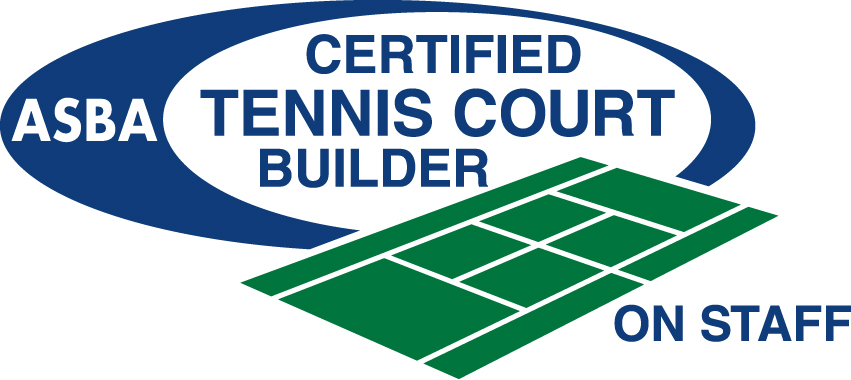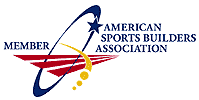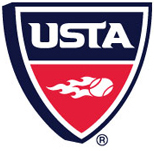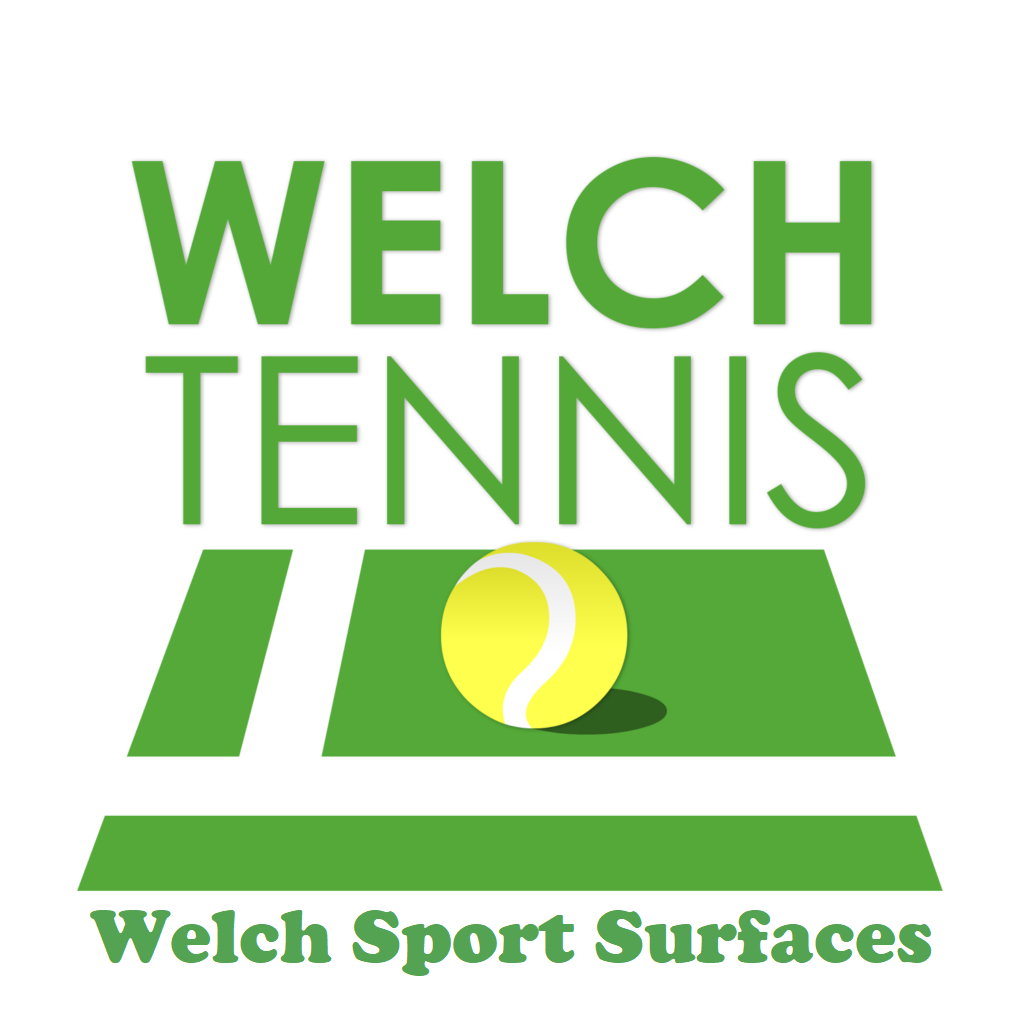Court Resurfacing & Repair
Maintaining a fast dry clay tennis court does not require any great effort or experience. It does require continual observation combined with preventive maintenance measures. With a basic understanding of the nature of the court and how it reacts to certain conditions, common sense can provide a guideline for those maintenance procedures.
The court consists of three main components: a perimeter curb – which prevents erosion and holds the court in place; a stone base – which acts as both a drainage area and moisture reservoir; and the fast dry playing surface.
For someone taking care of a properly constructed fast dry court, the first two elements should rarely, if ever, need to be considered. The fast dry surface itself is the part of the court which requires regular attention.
Fast Dry Material
To correctly care for a fast dry court, it is important to understand a few basic facts about fast dry surfacing material. It is an extremely hard basaltic rock which has occurred in a naturally green colored deposit. This rock is then ground into a range of finely graded particles with the smaller dust size particles acting as a cohesive material when moist and the larger particles providing drainage. The fast dry surface is preserved in a firm, unified layer by the presence of moisture and the application, when required, of compaction.
General Daily Maintenance
A fast dry clay tennis court requires regular care. Other than times of inclement weather or when a court has been closed for the winter, this means daily irrigation and maintenance. Even if the court has not been played on or is not scheduled for play, irrigation and maintenance should still be done. The primary daily maintenance activities are brushing and rolling.
The ideal sequence for maintaining a court is brushing, watering and rolling. This is frequently difficult to do, since most watering is done during the night and no one may be available to brush the court at the end of the previous day’s play. However, if possible, this order of actions is best because brushing helps level and fill in imperfections in the fast dry court surface. Water will tend to set these imperfections if they are not corrected. Also, a damp court is harder to redistribute surface granular on to fill in indentations or level small piles of fast dry.
Brushing It is important to note that brushing may be done with several different pieces of equipment, depending on the existing court surface condition and the desired playing surface. The traditional tool is a seven foot wide drag brush with bristles of varying stiffness. However, drag mats or court rakes may also be used as leveling and grooming devices.
The drag brush is usually a very good tool to use on overhead irrigated (sprinkler system) courts. These courts are likely to have minimal excess surface dampness early in the morning (when brushing is frequently done) and additionally generate a good amount of loose granular material simply from play. On subsurface irrigated courts, however, the drag brush may tend to become clogged with damp surface material, and the brush then looses its ability to properly level the court. Even stiff bristled brushes are prone to this result.
Generally, the harder and smoother a fast dry surface is, the stiffer the brush or other tool should be. All fast dry courts should have a thin layer of loose granular material on the surface. It is this loose material that allows a player’s foot to slide, and it also provides texture which affects the bounce of the tennis ball.
Want more information on tennis court installations?




